Product details
Hadrosaurs, commonly known as duck-billed dinosaurs, were a diverse and widespread group of herbivorous dinosaurs that lived during the Late Cretaceous period, approximately 100 to 66 million years ago. These dinosaurs are well-known for their distinctive cranial crests and beak-like snouts, which resembled those of modern ducks. The name “hadrosaur” is derived from the Greek words “hadros,” meaning bulky or large, and “sauros,” meaning lizard.
Hadrosaurs were relatively large dinosaurs, with some species reaching lengths of up to 15 meters (50 feet) and weighing several tons. Their bodies were robust, supported by strong, column-like legs adapted for both bipedal and quadrupedal locomotion. This versatility allowed hadrosaurs to forage on a wide variety of vegetation, including ferns, conifers, and flowering plants, which were becoming more abundant during the Cretaceous period.
The dental structures of hadrosaurs were highly specialized and efficient for processing plant material. They possessed dental batteries, which were complex arrangements of tightly packed teeth that formed continuous grinding surfaces. These dental batteries were constantly replenished throughout the dinosaur’s life, ensuring they could continually chew tough plant matter. This adaptation was crucial for their survival, as it allowed them to exploit a wide range of plant resources and occupy various ecological niches.
Fossil evidence suggests that hadrosaurs were highly social animals, often found in large, closely-knit herds. This social behavior likely provided protection against predators, such as tyrannosaurs, which coexisted with hadrosaurs during the Late Cretaceous. Living in groups may also have facilitated the care of young, as some fossilized nests and juvenile remains indicate that hadrosaurs engaged in parental care. Hatchlings were altricial, meaning they were relatively undeveloped at birth and required significant parental care to survive.
Hadrosaurs exhibited a wide geographical distribution, with fossils discovered on every continent except Antarctica. This widespread presence underscores their adaptability to different environments, from coastal plains and floodplains to forests and upland regions. Their remains have been particularly well-preserved in North America, Europe, and Asia, where numerous complete skeletons and fossilized tracks have been found.
The evolutionary success of hadrosaurs can be attributed to several key factors. Their advanced dentition and efficient feeding mechanisms allowed them to exploit a broad range of plant resources. Their social behavior and herd dynamics provided protection and facilitated the raising of young. Additionally, their ability to move both on two and four legs offered flexibility in foraging and evading predators. These adaptations collectively enabled hadrosaurs to thrive in diverse environments and outcompete other herbivorous dinosaurs.
Hadrosaurs have left a significant mark on our understanding of dinosaur behavior and ecology. The study of their fossils has provided valuable insights into dinosaur social structures, reproductive strategies, and feeding habits. Their well-preserved remains, including skin impressions and trace fossils, have offered a rare glimpse into the physical appearance and daily lives of these ancient creatures.
In popular culture, hadrosaurs are often overshadowed by more famous dinosaurs like the Tyrannosaurus rex and the Triceratops. However, they play a crucial role in our understanding of the Mesozoic era’s ecosystems. Films, literature, and educational programs have occasionally featured hadrosaurs, emphasizing their unique characteristics and important ecological role.


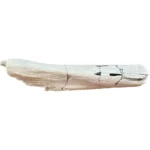
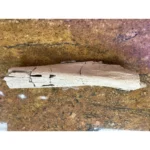
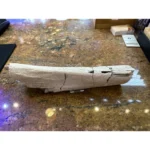
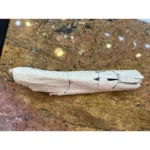
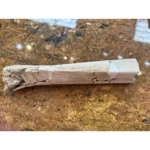
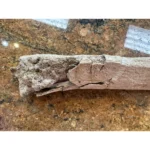
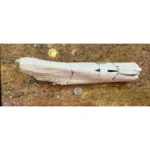







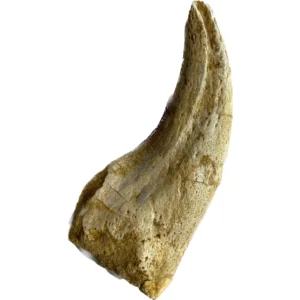
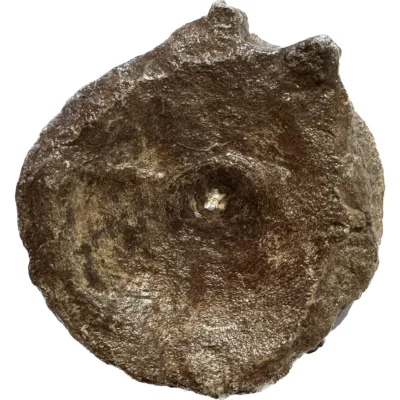
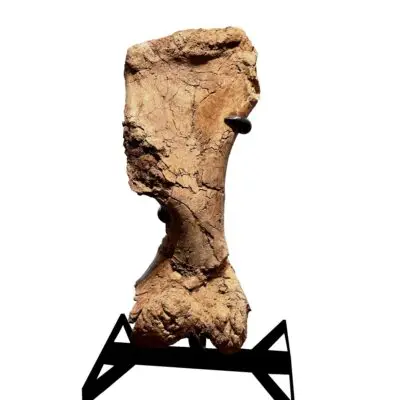
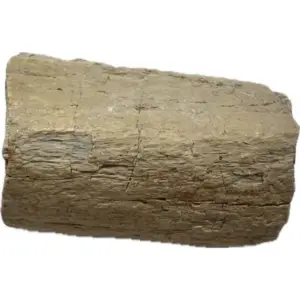
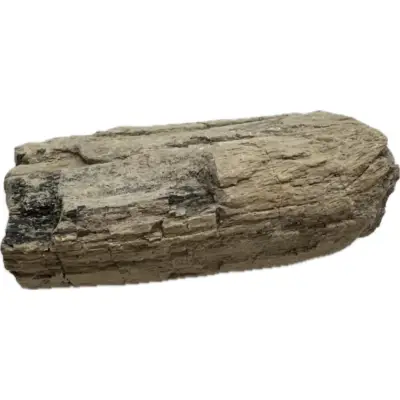
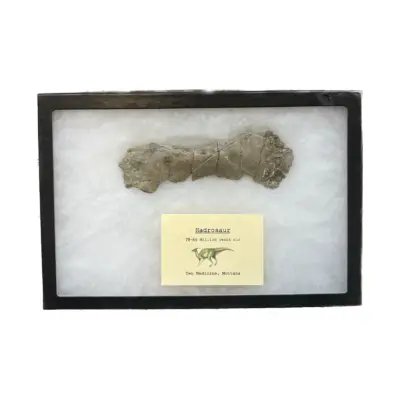

There are no reviews yet.